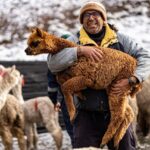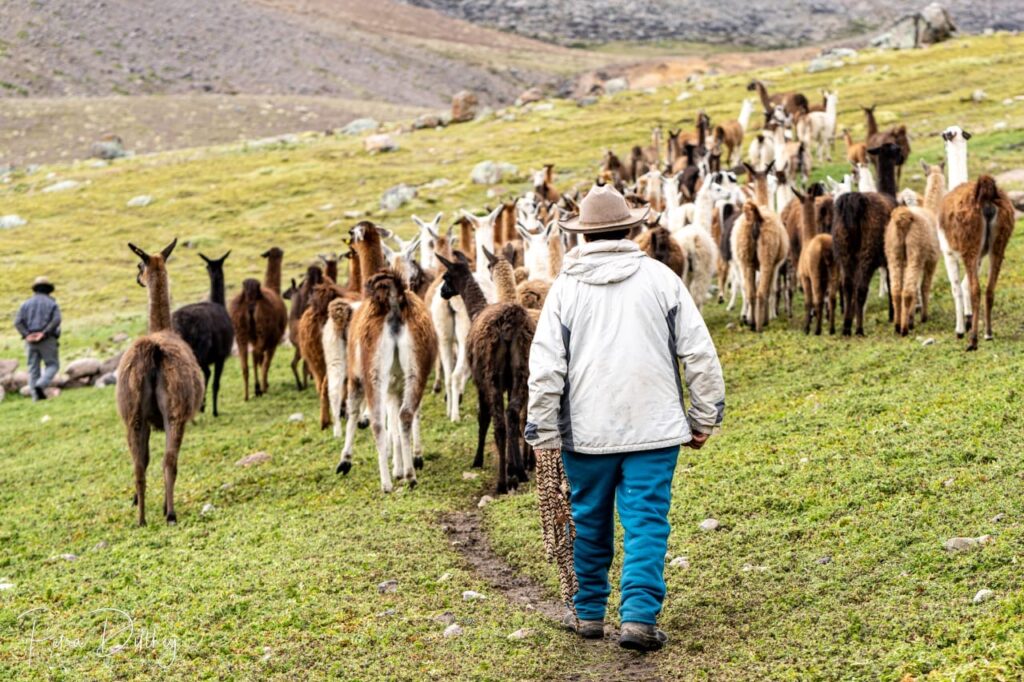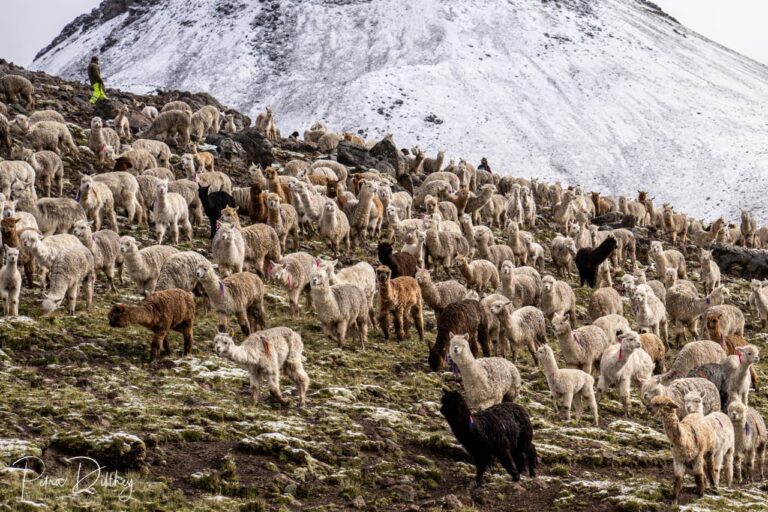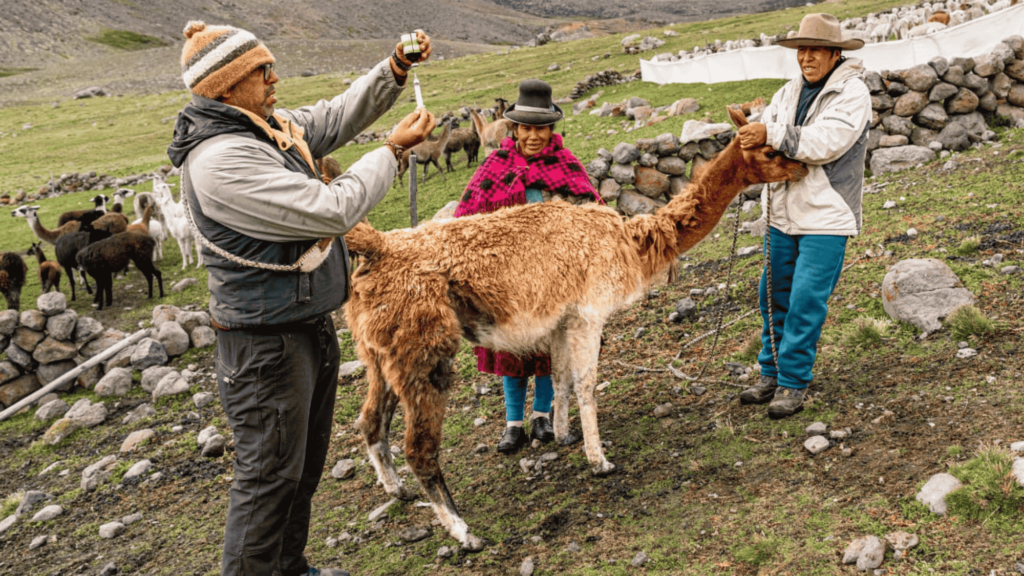Can you discuss the key constraints and threats that indigenous communities breeding and managing alpacas in the Andean Peru face in their fibre production?
Firstly, these communities often receive insufficient compensation for their raw alpaca fibre. Due to their remote locations, accessing markets is difficult, and when they manage to sell their products. This economic model results in limited earnings, making it difficult for families to sustain themselves. Also, buyers pay more for white fibre, which has led many herders to focus primarily on breeding white alpacas. This trend threatens the rich diversity of alpaca colours and the traditional skills associated with managing and processing different fibre types. Addressing this challenge involves promoting the value of coloured fibres and ensuring fair market prices. Supporting local communities in preserving these diverse breeds and traditional practices is crucial for maintaining the environmental and cultural heritage of the region.
Additionally, state and government services in these remote areas often need to be improved, exacerbating the economic difficulties. Poor infrastructure and lack of support services hinder their ability to compete in the market and access better opportunities.
Another significant threat is the migration of younger generations to urban areas. Many young people in Andean Peru don’t see a promising future in alpaca breeding because their parents often struggle financially and lead challenging lives. As a result, they move to cities in search of better opportunities. This out-migration leaves a gap in the workforce, with fewer people aged 15 to 35 remaining in the communities to carry on traditional practices. However, alpaca breeders in these regions are deeply rooted in cultural traditions passed down through generations: some individuals who move to cities eventually return to their communities, often bringing new ideas and experiences.





